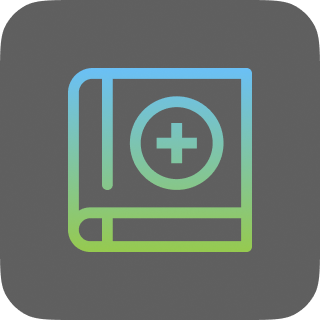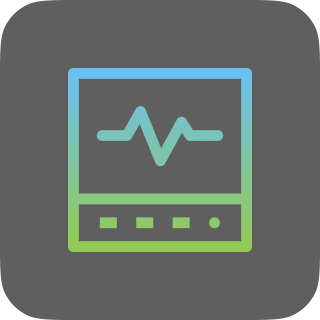Cases of AOM can be viral or bacterial. The eustachian tube is what drains the middle ear. A child’s eustachian tube is softer and less “up and down” than those of older children, adolescents, and adults. This is why younger children get ear infections more often. Fluid can get stuck in the middle ear, secondary to a viral upper respiratory infection (common cold), allergies, or eustachian tube dysfunction (when the tube does not drain properly).
When the fluid is stuck in the middle ear, there is a potential for bacteria to grow. When bacterial growth occurs, an infection can occur in the middle ear, also known as an AOM. However, bacteria does not always grow, but the fluid can still be a cause of ear pain. Thankfully, vaccines given in childhood help reduce the prevalence of AOM in children under three.
There is still a lot to know about AOM treatments and causes. Below is our pediatric guide to AOM and how it can be properly dealt with. Read on to get a better understanding of AOM.

Confirming AOM and the Causes of Ear Pain
An AOM is diagnosed with a medical history and a physical exam. The tympanic membrane (ear drum) can be red for numerous reasons, such as when children cry or have a fever, so confirming a case of AOM with a full examination is ideal in order to get conclusive answers.
A provider’s most significant indication of an AOM is the presence and color of fluid behind the tympanic membrane. If the fluid is clear, we can try to use antihistamines (Claritin, Zyrtec, etc.) or nasal sprays (Nasacort, Flonase). If the fluid is purulent (cloudy/white) and the eardrum bulges, that is diagnostic for acute otitis media. We will then treat it with an antibiotic.
Children can have ear pain for other reasons. Sometimes, patients can have an ear canal infection, commonly known as “swimmer’s ear” or otitis externa. This is treated with a topical antibiotic drop. In extreme cases, we will prescribe an oral antibiotic. Other causes of ear pain include teething and temporomandibular joint syndrome (TMJ).
Normal tympanic membrane
Bulging tympanic membrane
The Basics of AOM Treatment
AOM treatment depends on the age of the child and the symptoms. Typically, with children under two, providers will always treat them with an oral antibiotic. If the child is over two, we can watch and wait, as the condition usually resolves independently without intervention.
We use antibiotics only when needed, as these medications can have unwanted side effects. The antibiotics and AOM treatment options we choose depend on how often the child gets acute otitis media, and other causes like antibiotic reactions and allergies.
What About Tubes?
Many parents worry that their children will need “tubes” in their ears, and rightfully so. As providers, we worry about hearing loss and other complications of AOM. If the child has three or more episodes of AOM in six months or persistent fluid/effusion that does not resolve in three months, we will refer the child to an ears, nose and throat doctor.










